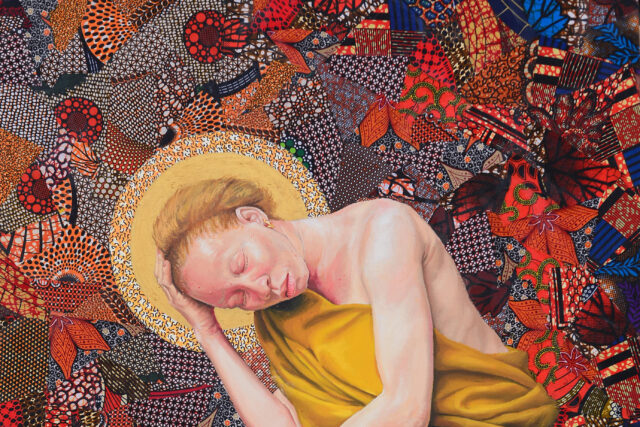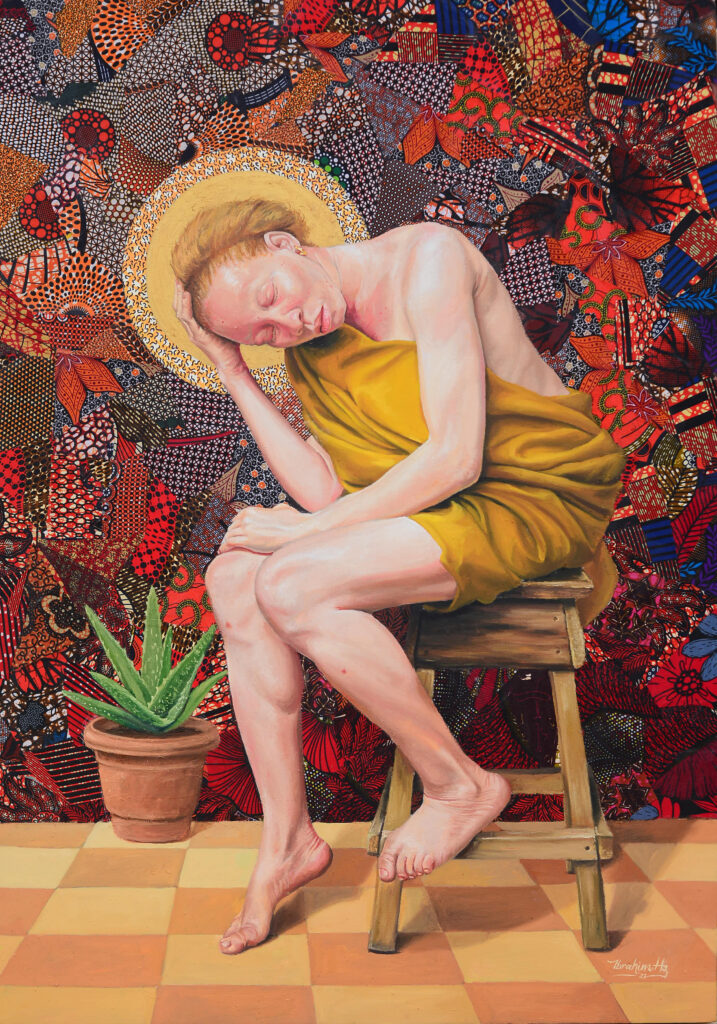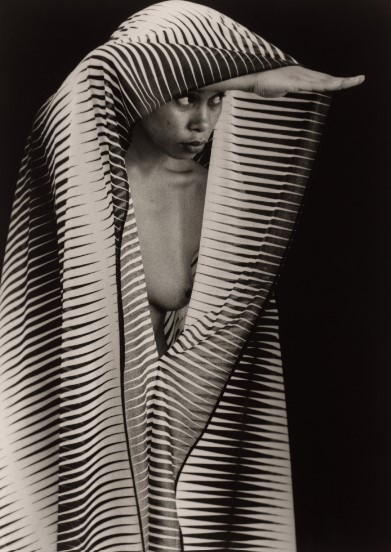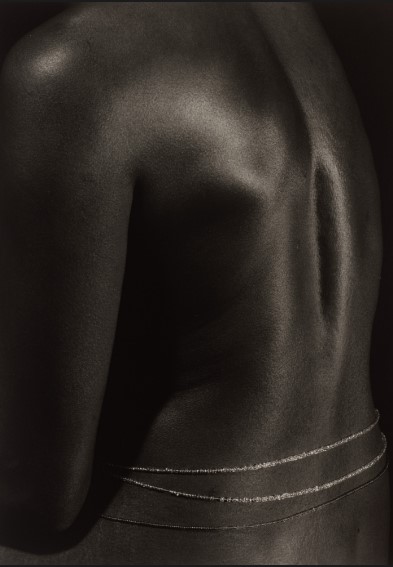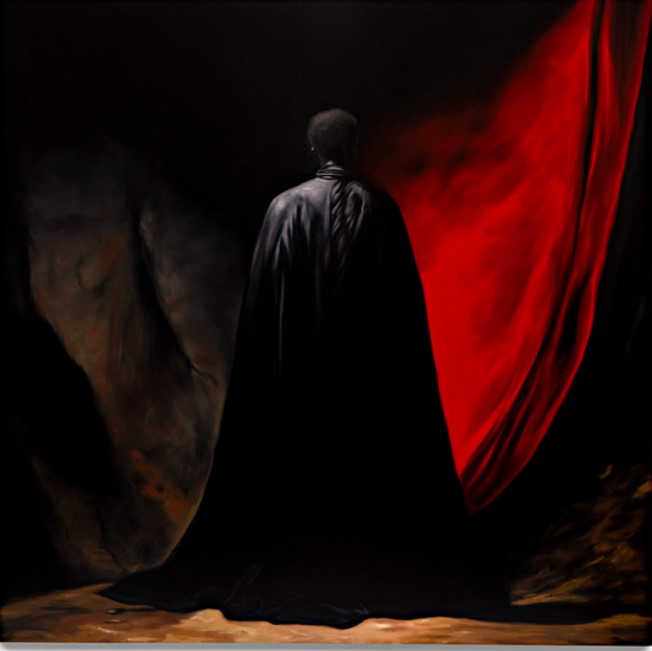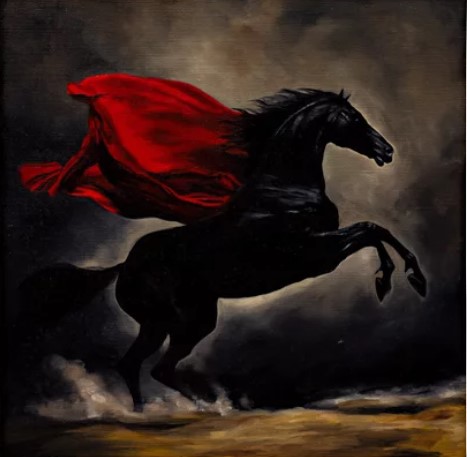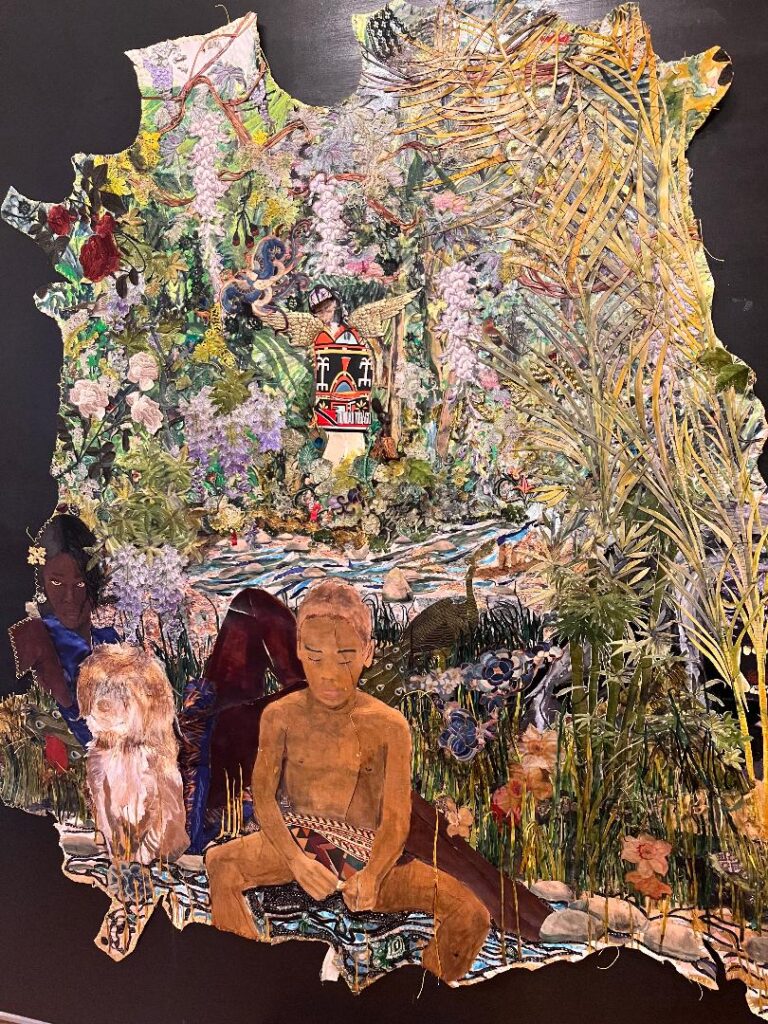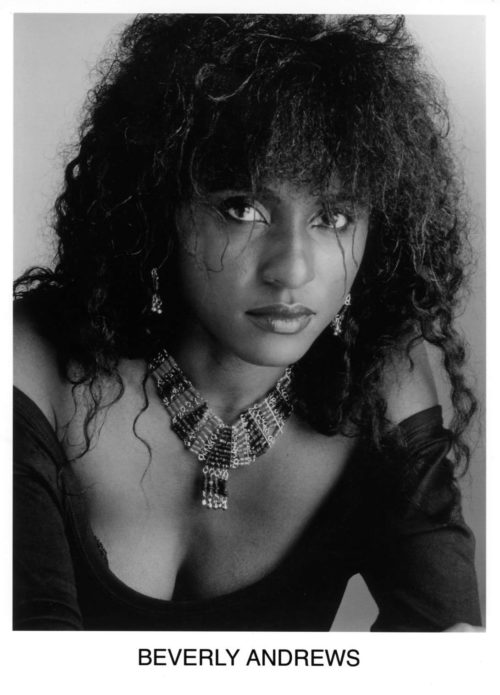London’s 1:54
1:54 is one of the largest celebrations of contemporary African art in the world today. Held now in three cities: New York, Marrakech with the largest in London, at the capital’s Somerset house. London’s 1:54 is held during the traditional Frieze art week and in just over ten years has become one of the most celebrated arts events in the capital. The show now displays the work of hundreds of African artists from across the continent. Its title referring to at least one artist shown from all fifty-four countries, which make up Africa. Moroccan curator Touria El Glaoui, daughter of the artist Hassan El Glaoui, started the initiative, in 2013. Her aim was to improve the representation of contemporary African art. 1:54 also acts as a response to some of the UK’s most traditional art critics such as the late Brian Sewell, who in the past dismissed the quality of the work of most of the continent’s contemporary African artists as not being on the same par as that of Europeans. Ironically contemporary African art and art from the African diaspora is now considered to be the most collectable in the world. With artists from the continent and the diaspora selling for increasingly huge sums. With such a large exhibition, it’s almost impossible to highlight the work of all the artists whose work is shown but here are a few personal favourites.
Ibrahim Bamidele
Ibrahim Bamidele is a Nigerian artist whose artistic expression is a beautiful fusion of photography and painting, intricately adorned with Ankara fabrics. His work, is very much rooted in every day experiences as well as placing African contemporary figures in paintings with religious references such as Madonna in Thought. A stunning portrait of a female figure lost in reflection.
In his painting Paraclete Bamidele, Bamidele highlights man’s need for connection. The painting shows two female figures seated together, weaving a visual narrative which echoes the essence of togetherness and the significance of meaningful connections.
Angèle Etoundi Essamba
Angèle Etoundi Essamba is an artist who reflects on the identity of the black women. Essamba comes from a varied background (Cameroon, France and the Netherlands), her work challenges the stereotypical representations of black women in western media and it allows the women she photographs an opportunity to take charge of their own narratives.
Ayogu Kingsley
Ayogu Kingsley is a Nigerian artist whose work focuses on often-legendary African and African American historic figures. He paints imagined meetings or encounters which often capture these men at the height of their political or artistic powers. The Guardian has described his work as being so life like you almost feel you can touch them. He also highlights figures who although legendary, are now often forgotten. Men such as Thomas Sankara, the revered Pan-Africanist president of Bukino Faso. Sankara during his short time in office (he served just four years as president before his assassination in 1987) he championed women’s rights, outlawed female circumcision and worked to encourage development within the country rather than depending on loans for the IMF or the World Bank.
Ayogu brings these figures to life taking them out of the history books and placing them directly in front of you. Looking at his paintings you feel you’ve met these historic figures.
Gustavo Nazareno
Brazilian painter Gustavo Nazareno’s work is in many ways the complete opposite to Kingsley’s since his paintings draw very much on a fusion of African religions and myths. He seeks in his work to capture the mystic. Self-taught, Nazareno creates hybrid figures who traverse age and gender, who exist in landscapes which are startlingly original. Nazareno is by some critics hailed as a contemporary Caravaggio.
Moses Quiquine
Away from 1:54 is another contemporary black artist from the African diaspora who looks set to have a huge future, and his name is Moses Quiquine, a British artist with French Caribbean roots. A former artist in residence to London’s Victoria and Albert museum. Quiquine’s work defies easy categorization since he incorporates so many different art forms. From painting to fashion design, to working in a way which builds upon the materials he uses. Quiquine’s work too has a spiritual component, being a passionate practitioner of Nichiren Buddhism; he very much draws on his own internal personal journey. He states repeatedly when interviewed that “it’s all about our personal growth, how far we come in ourselves. Some people never get there.” Quiquine is also fiercely independent when it comes to his work, since he points to the fact that now black art is popular its important before artists let their work be represented by a gallery, they need to be completely sure about the gallery’s intent. “For me it’s really important that I feel a gallery really understands who I am and then of course understand the work I create. If they don’t then what’s the point? It can’t simply be about the money. Being an artist, you want to make sure that you are not simply a commodity for the gallery.”
His beautiful piece “Garçon” displays this artistic integrity and looks at the choices a young black boy has to make once he becomes aware how society chooses to project upon him. Floating above the young boy’s head is an angelic guardian figure which is all the more poignant when you discover it is Quiquine’s own cousin who died suddenly earlier this year in a freak accident after achieving success as a soccer player in America. Looking at the painting, you feel their connection even beyond death.
Quiquine’s work is simply sublime and is already appearing in major galleries. It’s only a matter of time before that number multiplies and his work is appearing in museums and galleries around the world.
With the success of exhibitions like 1:54, and young black independent artists such as Moses Quiquine you do wonder what art critic Brian Sewell would make of this new world where black art has taken its rightful place on the world stage. Even Tate Modern in its Turbine Hall is showing the work of African master EL ANATSUI. You wonder if Sewell would be surprised, I suspect so but I hope he would then simply just appreciate how good the work really is.
- In the Black Fantastic
- The Art of Drawing
- African Fashion
- Palais de Lomé, Togo’s Guggenheim
- Painting: Silence & Correspondence
